“I was really intrigued by that business model, and the idea of growing with an education of who my customer was and would become.”
The brand was profitable from the start, thanks to its made-to-measure model and quick word of mouth.
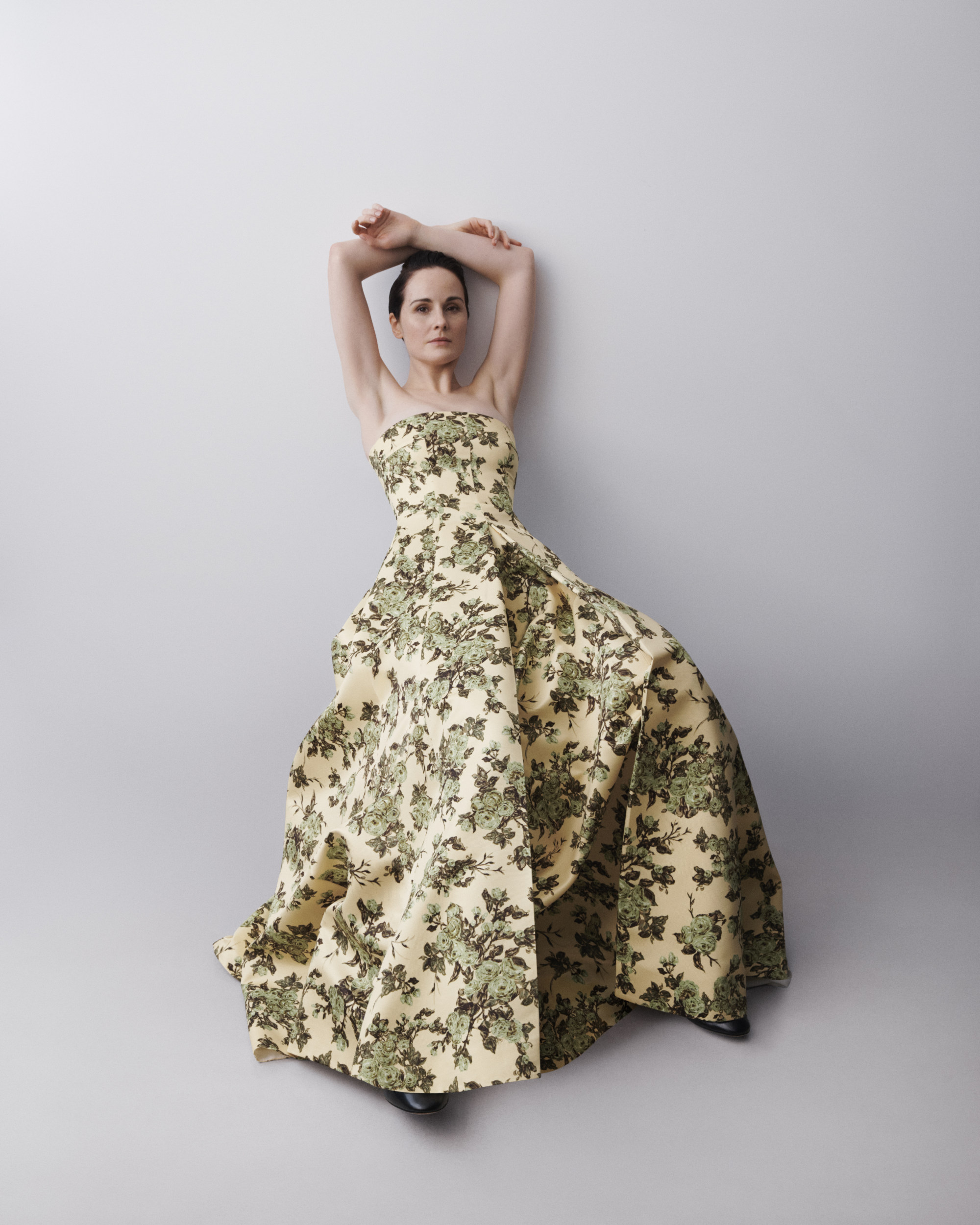
When Wickstead decided to broaden its reach, she cold-called top editors at glossies like British Vogue pretending to be her assistant; when the recession hit in 2008, she took advantage of the market and secured her first store.
“We’ve grown the business really slowly – not only did we grow it backwards but it’s slow growth, and I think that’s our superpower,” Wickstead said. “It’s been a really lovely – I wouldn’t say purely lovely – journey.”
The Post sat down with the designer to discuss her creative process, work-life balance, personal uniform, and favourite films.
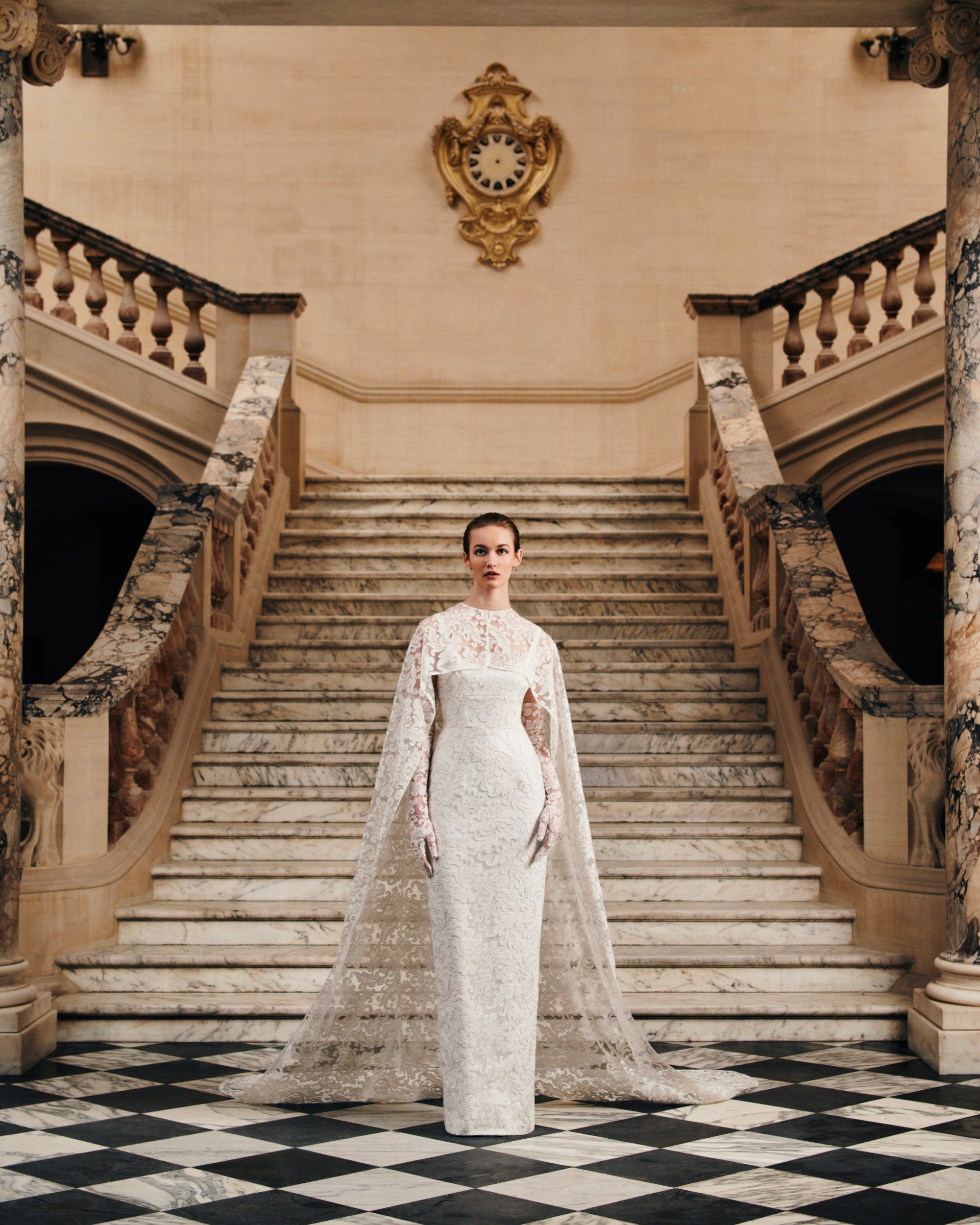
Have you always envisioned yourself as an occasion wear designer?
I grew up in New Zealand, I moved to Milan [in Italy] at 14. In New Zealand, my taste and style were quite experimental; I had short hair like a boy and dressed in second-hand clothing in quite a masculine way.
I was raised by my mother, and my Italian grandmother played a great part in my life – they were quite ladylike and refined, stylish women.
But I also fell into our location, with our store and our showrooms when we were selling out of a living room; those places were ones I didn’t know well as a newcomer to London, but they personify who the Emilia Wickstead woman is. I started designing for that woman.
The very first Emilia Wickstead garment I designed was a dress, and it will always be the foundation of the business. I think a dress can be styled for any occasion, it can be dressed up or down. But I don’t think I set out to become a formal dressmaker, and there’s a lot people don’t know about the brand.
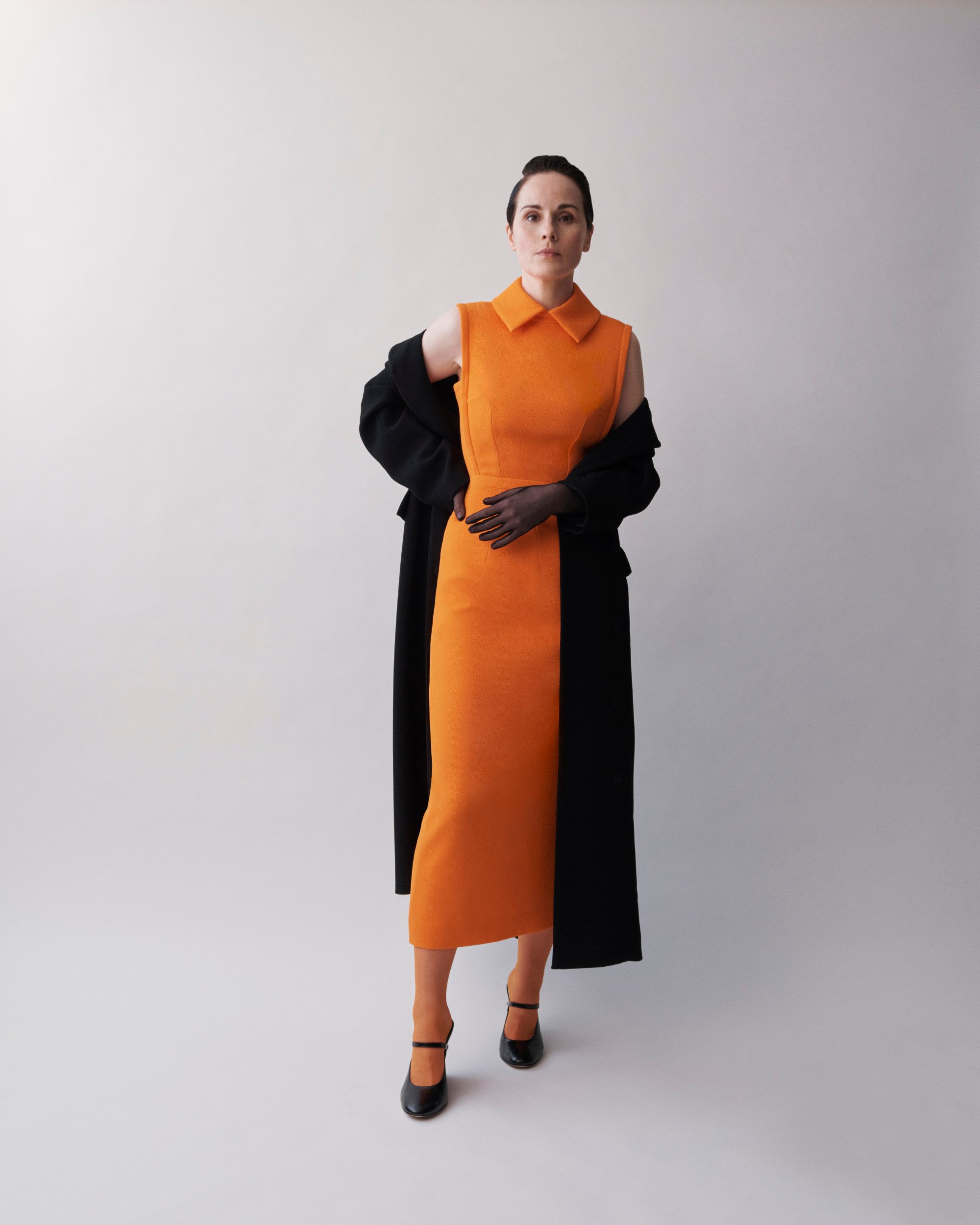
Who do you see as the Emilia Wickstead shopper?
I think our woman is every woman, and that’s always been a big part of what we do. She can be extremely fancy or extremely casual; she can be 100 or 25. I think that’s what is quite nice about the brand. She’s the most modern woman in her circle, in all senses of the word.
Walk me through your creative process: how do you get inspired?
It starts in all types of ways, but when I’m designing a runway collection, which is the hardest for me, I’m always thinking of my muse and I become transfixed with her story.
I think my role as a designer is to bridge the gap between fantasy and reality, and not only that but to educate our customer, push them in a direction that I feel is how you should be dressing for the season.
When I put together a collection, I see the world through a rich cinematic lens and it’s also nice for the customer to see us, with each new collection, to see us through a slightly different lens.
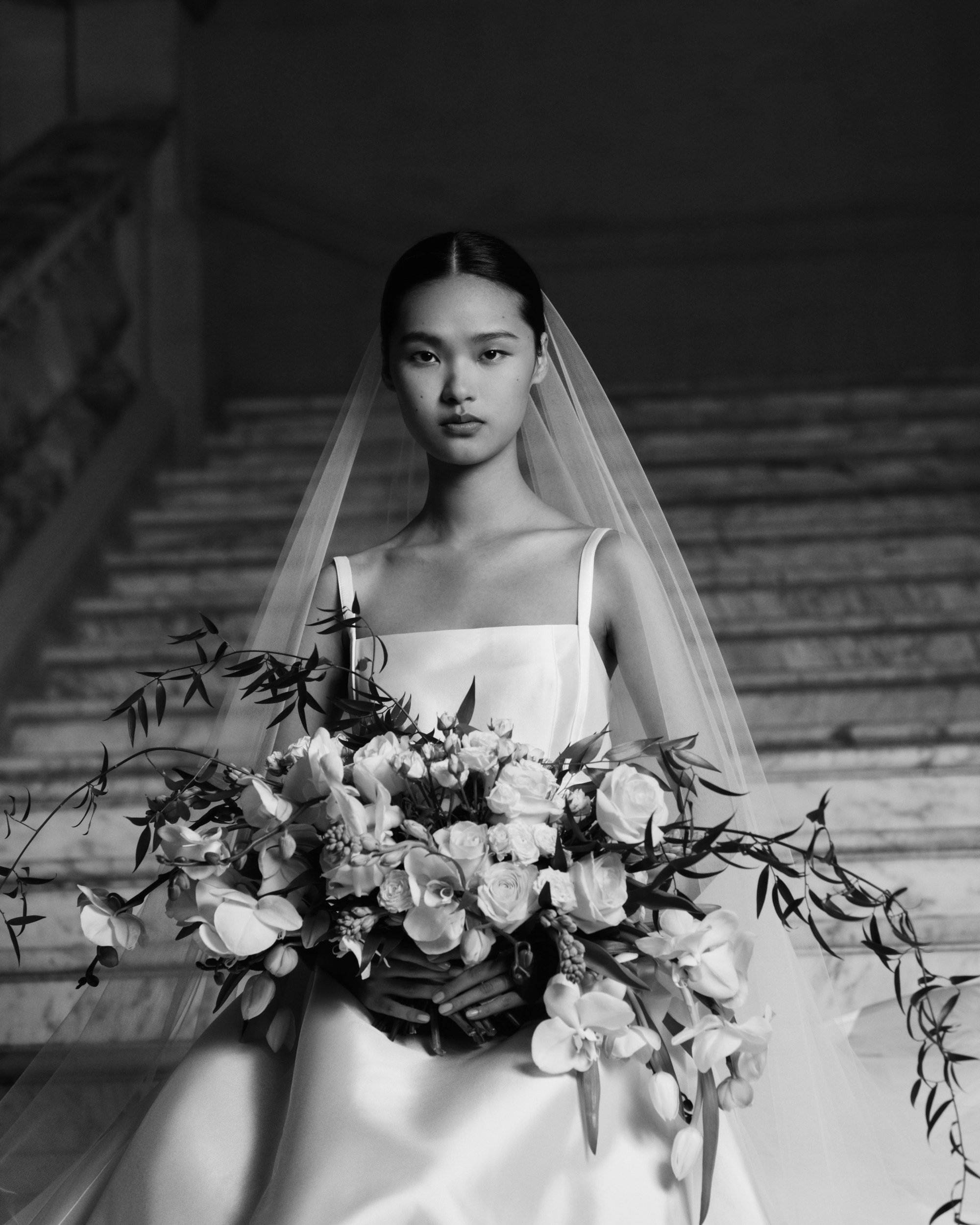
How did bridal fit into the puzzle?
But when I got married in 2011, that was really the birth of Emilia Wickstead Bridal. I designed my own dress and was completely inspired by Audrey Hepburn’s gown in Sabrina. It wasn’t planned, but bridal has become the heart and soul of our business.
The processes really dovetail [with ready-to-wear]; it’s the same world, the same women. It’s just that I don’t renew it four times a year, like I do with every other collection. But it’s something I’m so passionate about: I love brides, I love weddings.
Do you think about trends ever when designing bridal?
I don’t think I’ve ever thought that way for bridal. I’m such a big believer that bridal shouldn’t be trendy, and that goes back to our aesthetic as a brand. I say we’re the modern version of an old-world bride. We’re architectural lines, beautiful silhouettes and timeless shapes.
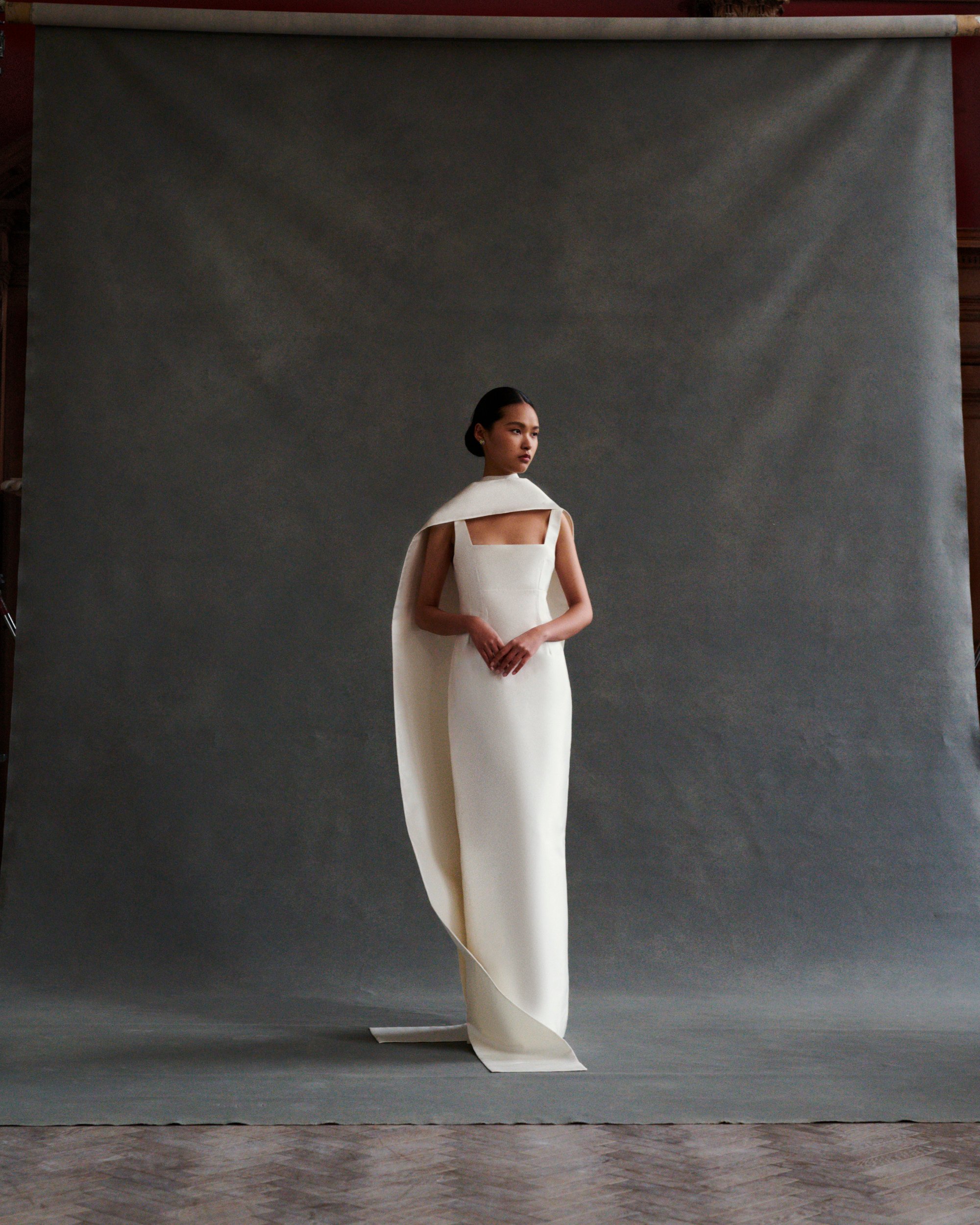
What are your goals for the brand’s next decade?
I want to continue to grow steadily. I think we’ve been fortunate and it’s been what’s allowed us to do well, and not have a boom and bust.
Our reach internationally needs to always be expanding; we focus a lot at the moment on the US, UAE [United Arab Emirates] and Asia, and we need to continue to expand there while we roll out our Air New Zealand uniforms, which is a passion project.
But we’re a luxury brand, and I’m far more intrigued [by] the lifestyle aspect of this brand, as opposed to just being ready-to-wear. I want to roll out more and more for ‘the world of’ – I never, ever want to be pigeonholed into just one element of the brand, because I don’t believe in that.
Basically, we need world domination [laughs].
Speaking of world domination, how do you manage to do it all?
I think you’re always learning continuously, and it’s been a real journey for me in terms of work-life balance. I don’t actually do a lot of self-care, but one thing is I’ve learned how to breathe properly – it’s simple, but it’s helped.
Also, as you gradually grow a business, you become more confident in what you represent. You don’t get lost in all the fuss, which comes with age.
I know every job in the business, and I’ve had to be that person when we didn’t have that department, and that has helped me mature in the long term.
In the short term, it’s very much been a treadmill, and not necessarily a healthy one. But that’s the nature of the beast.
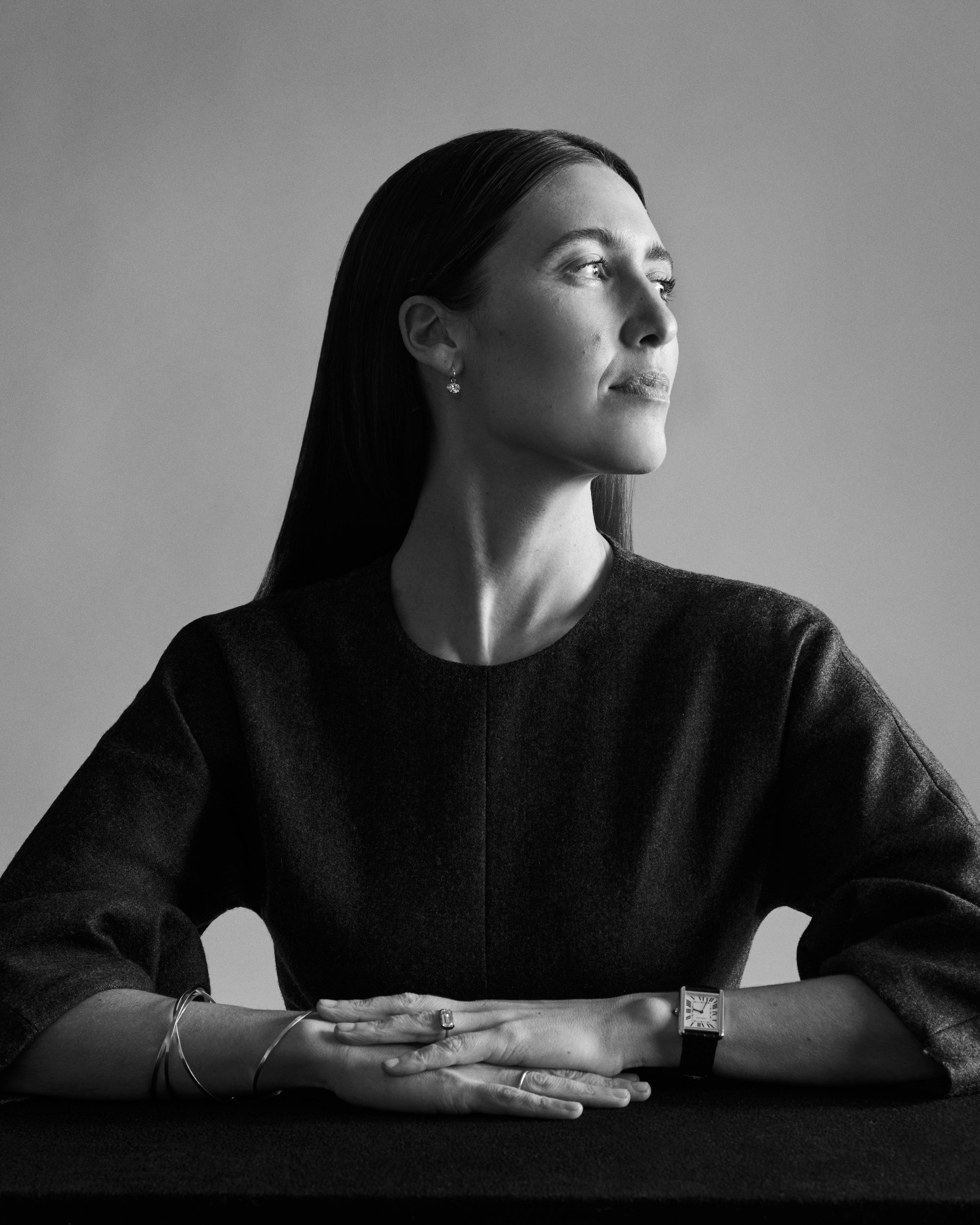
Tell me about your wardrobe and your personal uniform.
I only wear my own brand, and I wear a lot of black with floral. Simplicity is the hardest thing to achieve: I get an outfit together and get ready in very few minutes, and I always want Emilia Wickstead to feel effortless, like you can put on a great dress and not think too much about it.
That’s the way I dress, and how my wardrobe is built.
Do you have a favourite or particularly treasured piece from your archive?
At the moment it’s my black Mara dress.
What are you currently reading or watching?
On a more playful note, I’m about to start Wives Like Us, written by a great friend, Plum Sykes. In terms of watching, I religiously watch films from the 1990s with my children. My favourite eras for films are the 80s and 90s, we love Scent of a Woman, Great Expectations … I love the fashion in these films most of all.
In our pre-autumn collection with [Downton Abbey actress] Michelle Dockery, you can see how we play into that old-world, 90s ease.

